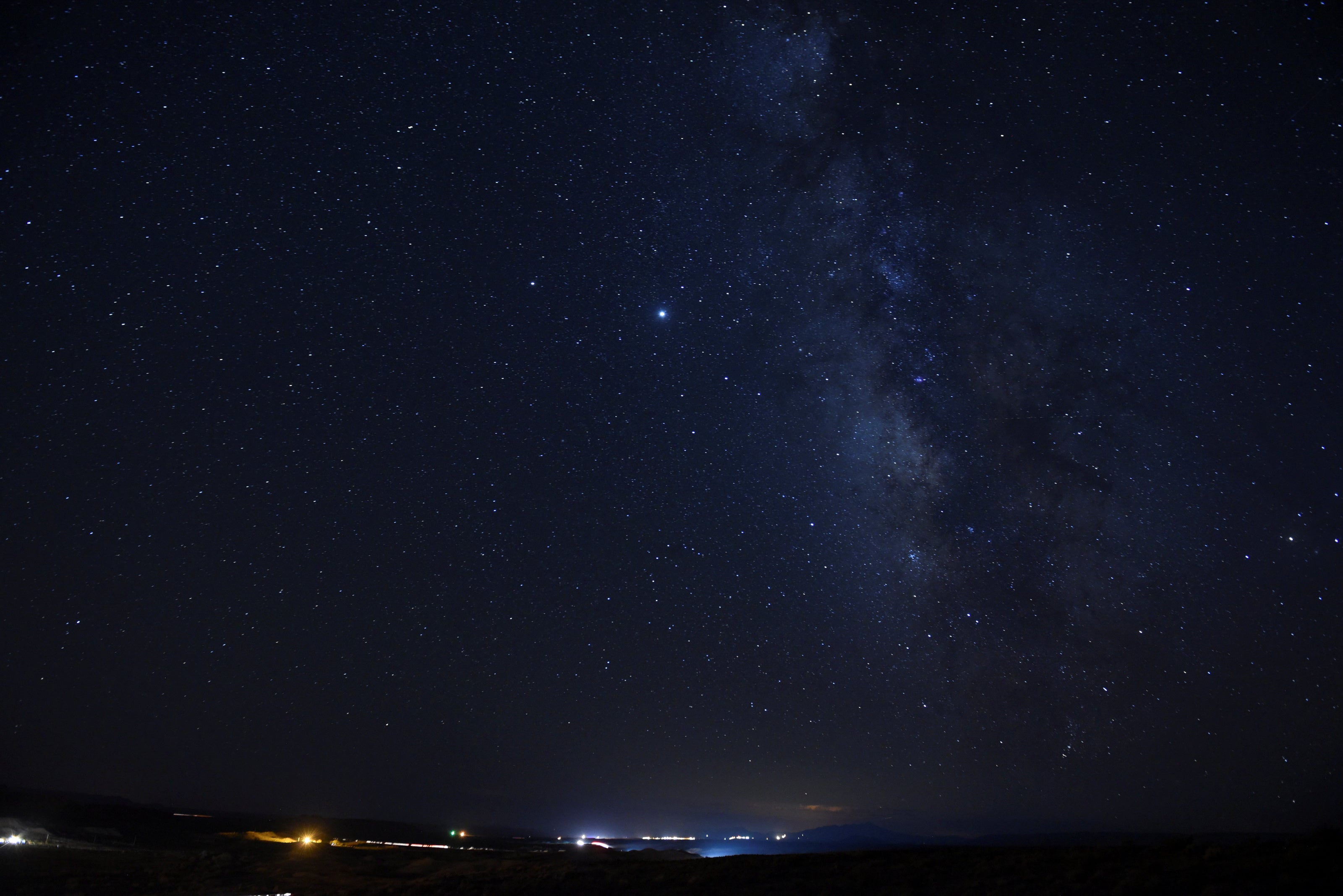Scientists confirm most distant object ever observed in our solar system

Your support helps us to tell the story
From reproductive rights to climate change to Big Tech, The Independent is on the ground when the story is developing. Whether it's investigating the financials of Elon Musk's pro-Trump PAC or producing our latest documentary, 'The A Word', which shines a light on the American women fighting for reproductive rights, we know how important it is to parse out the facts from the messaging.
At such a critical moment in US history, we need reporters on the ground. Your donation allows us to keep sending journalists to speak to both sides of the story.
The Independent is trusted by Americans across the entire political spectrum. And unlike many other quality news outlets, we choose not to lock Americans out of our reporting and analysis with paywalls. We believe quality journalism should be available to everyone, paid for by those who can afford it.
Your support makes all the difference.Scientists have confirmed the most distant object ever observed in our solar system.
The planetoid, known as "Farfarfout", is nearly four times as far away from the Sun as Pluto, and is so distant that each of its journeys around the Sun takes a milennium.
The object was first detected in 2018, but scientists have now conducted enoguh observations to be able to sketch out its orbit. That means it can be given its official designation from the Minor Planet Center – it is known as 2018 AG37 – as well as giving confirmation that it is so distant.
Further research is still needed to know how it behaves for sure, at which point it will be given a catchier and more permanent name. The process takes so long because its movements are so slow: it requires years to track its minute movements across the sky.
Farfarout gets its name by comparison with the previous record holder, which was known as Farout, and was also discovered in 2018. Both objects were found by the same team, who are part of a project to map the distant solar system beyond Pluto.
As scientists confirmed the orbit, they found that it was not just very long but very elongated, too. It is currently 132 times as far from the Sun as Earth is – but gets 175 times as far as its most distant, and 27 times at its closest.
That strange orbit is the result the fact that its journeys around the Sun take across Neptune's orbit. That much bigger planet disturbs Farfarout's gravity, and has pulled it into its long and stretched path.
Farfarout is very difficult to see, and very small. It seems to be about 400km across, appearing very faint in the sky, and is probably on the low end of being a dwarf planet.
"The discovery of Farfarout shows our increasing ability to map the outer solar system and observe farther and farther towards the fringes of our solar system," said Scott S Sheppard, a Carnegie Institution for Science researcher who is part of the team, in a statement.
"Only with the advancements in the last few years of large digital cameras on very large telescopes has it been possible to efficiently discover very distant objects like Farfarout. Even though some of these distant objects are quite large, being dwarf planet in size, they are very faint because of their extreme distances from the Sun. Farfarout is just the tip of the iceberg of solar system objects in the very distant solar system."

Join our commenting forum
Join thought-provoking conversations, follow other Independent readers and see their replies
Comments